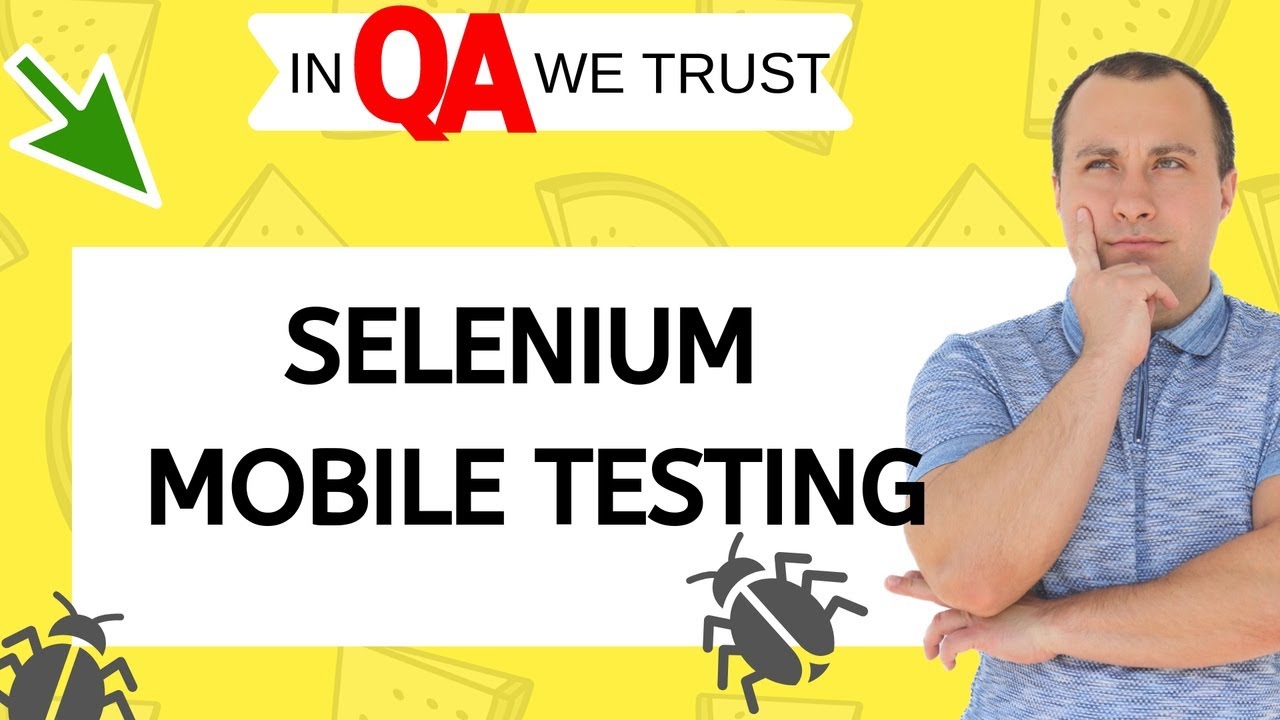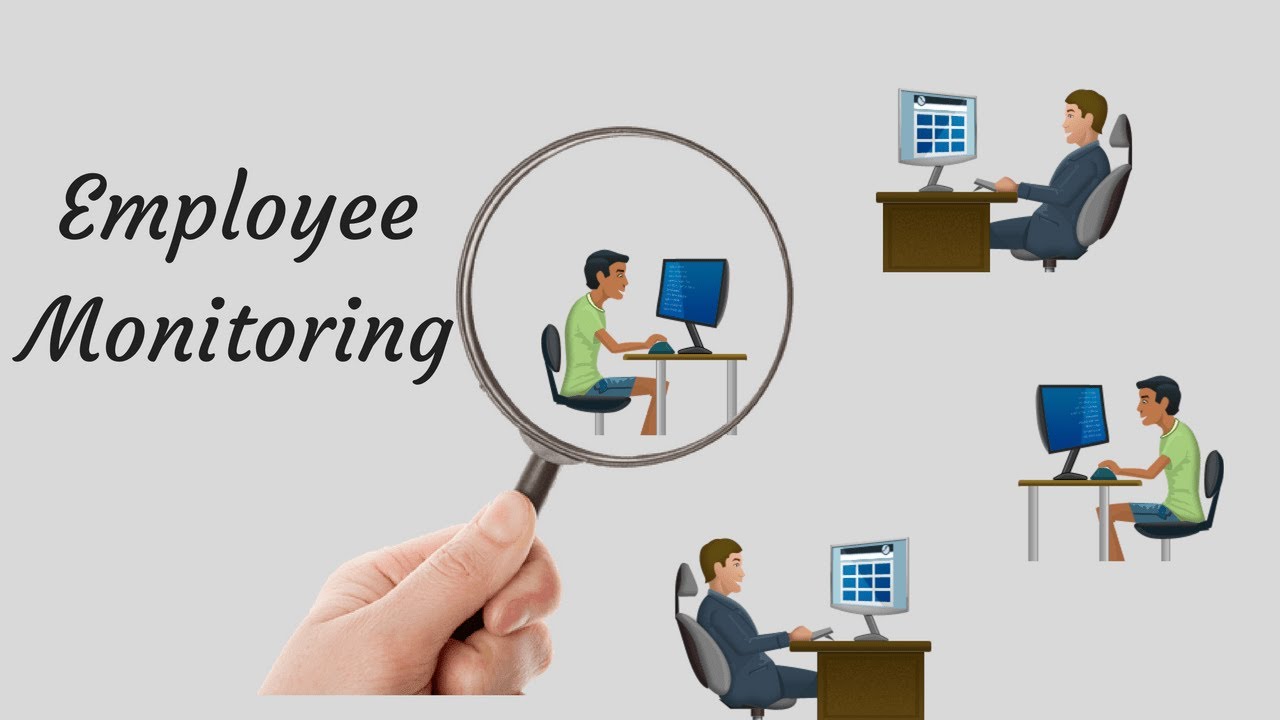
In today’s world, where mobile technology is prevalent, it is crucial to maintain the quality and reliability of mobile apps to meet user demands and uphold brand image. Selenium became famous for testing mobile apps. Integrating Selenium mobile testing frameworks such as Appium expands the opportunities for mobile app Quality Assurance (QA).
Comprehending these informative approaches can enhance their skills in mobile app quality assurance, detect possible problems in the early stages of development, and ultimately release mobile apps that stand out in performance, functionality, and user satisfaction. This blog will discuss ways to conduct Selenium mobile testing, focusing on helpful and easy-to-understand approaches.
Contents
- 1 Mastering Mobile App QA with Advanced Selenium Mobile Testing
- 1.1 Mobile Device Cloud Platforms
- 1.2 Integrating Selenium Mobile Testing with CI/CD
- 1.3 Handling Device Fragmentation
- 1.4 Automate User Interactions
- 1.5 Test Application Features and Integration
- 1.6 Critical components of accessibility testing:
- 1.7 Test Localization
- 1.8 Incorporate Performance and Load Testing
- 1.9 Logging and Reporting in Mobile App Testing
- 1.10 Key Components of Logging
- 2 Conclusion
Mastering Mobile App QA with Advanced Selenium Mobile Testing
Here are some of the strategies for advanced Selenium mobile testing.
Mobile Device Cloud Platforms
Mobile device cloud platforms offer access to various devices and operating systems without maintaining a physical lab. It ensures your mobile application functions well across different configurations.
● Benefits of Cloud Testing
Cloud platforms can be tested across multiple devices. This allows for faster execution of test suites. This enables parallel testing, where you can run tests on different devices simultaneously.
● Integrating with Automation Frameworks
Cloud platforms are designed to work with popular automation frameworks. This integration allows you to write tests in familiar languages and run them on the cloud platform to provide detailed test reports, screenshots, and video recordings of test executions for easier debugging and analysis.
You can use LambdaTest to execute Selenium mobile testing. It is an AI-powered test orchestration and execution platform that enables the execution of manual and automated tests across a wide range of over 3000 real devices, browsers, and operating system combinations. You can conduct real-time cross-browser testing using the real device cloud.
● Parallel Testing
Parallel testing allows you to run multiple test cases on different devices and platforms. This reduces testing time and increases test coverage. This enables a more thorough evaluation of your mobile application across various configurations.
● Benefits of Parallel Testing
You can complete extensive test suites more quickly, accelerating feedback loops and allowing developers to address issues sooner. This is valuable in continuous integration and continuous delivery environments.
Parallel testing expands test coverage by simultaneously running tests on more devices and operating systems. This approach helps spot device-specific or platform-specific issues that might be overlooked with sequential testing on fewer devices.
● Implementing Parallel Testing
You’ll need an adequate test infrastructure to handle multiple test executions simultaneously. This infrastructure might include cloud-based device platforms that provide access to various devices and operating systems.
You can perform automation testing using various frameworks that allow you to script your tests to run in parallel. Frameworks support parallel test execution to set up your test suite to run tests concurrently.
Integrating Selenium Mobile Testing with CI/CD
CI/CD automates testing and deployment, improves workflows, and boosts mobile app quality assurance.
Continuous Integration automates code integration, triggering builds and tests. Continuous Delivery ensures code can be automatically deployed to staging or production after passing automated tests.
● Integrate Selenium Mobile Testing with CI/CD
You can ensure that automated tests are triggered whenever code changes are made by integrating Selenium mobile testing with CI/CD. This approach helps detect issues early, reduces manual testing effort, and accelerates the delivery cycle.
● Implementing CI/CD for Selenium Mobile Testing
To implement CI/CD for Selenium mobile testing, set up your pipeline to include automated builds and tests. This involves the following steps:
- Source Control Integration: Ensure your CI/CD tool is connected to your code repository.
- Build Automation: Configure your pipeline to build the mobile app when changes are detected automatically.
- Automated Testing: Integrate Appium-based mobile tests into your pipeline to ensure they run when the build is complete.
- Notifications and Reporting: Set up notifications to alert developers of test results and use reporting tools to track test outcomes and trends.
- Deployment Automation: If using Continuous Delivery, configure your pipeline to deploy to staging or production environments if tests pass automatically.
Integrating Selenium mobile testing with CI/CD pipelines ensures an automated approach to mobile app QA. It promotes faster feedback, reduces manual effort, and supports a more agile development process.
Handling Device Fragmentation
Device fragmentation is a significant challenge in mobile app development and testing. Having many devices of different screen sizes, rotations, hardware, and operating systems, it is essential to consider how your app behaves across them. Here’s how to design tests to accommodate device fragmentation:
Device fragmentation refers to the variation in mobile devices used by consumers. It allows different brands, models, operating system versions, screen sizes, and orientations. This diversity requires a comprehensive testing approach to ensure compatibility and avoid unexpected behavior in the hands of users.
● Designing Tests for Fragmentation
To handle device fragmentation effectively, your test strategy should consider the following:
- Screen Sizes and Resolutions: screen sizes and resolutions to test across different screen sizes and resolutions to ensure your app can properly flow through them. This can also include smartphone, tablet screen resolution, and high-resolution-enabled devices.
- Screen Orientations: Test in both portrait and landscape orientations. Certain apps behave differently when the screen is rotated.
- Operating Systems and Versions: Test across different operating systems and their respective versions. This is critical because older OS versions might lack certain features or behave differently.
- Hardware Specifications: Consider processors, memory, and sensors. Performance tests assess app behavior on both low-end and high-end devices.
● Emulators vs. Real Devices
When testing for device fragmentation, both emulators and real devices have roles to play:
- Emulators: These virtual devices are great for testing across various screen sizes, orientations, and OS versions. Emulators are cost-effective for simulating multiplee configurations.
- Real Devices: Testing on real devices is key to capturing nuances like touch interactions, hardware features, and real-world performance. They give a more accurate user experience.
● Managing Test Data and Scenarios
Structure your test cases to accommodate fragmentation to cover multiple scenarios, including user interactions, device orientations, and network conditions. Use parameterized tests to adapt to varying configurations and ensure comprehensive coverage easily.
Automate User Interactions
Mobile apps automating the interactions is critical to creating realistic test scenarios. Mobile automation framework provides methods to simulate various touch interactions on mobile devices. Here’s what you can automate:
- Tapping: The most basic interaction, often used for clicking buttons or selecting items.
- Swiping: Used for navigating through content or switching between screens.
- Pinching: Common in map and photo applications for zooming in or out.
- Rotating Screens: Tests how the app adapts to changes in screen orientation.
Test Application Features and Integration
Testing application features and integration involves creating automated tests for its core functionality and ensuring it integrates appropriately with external applications and device services. Key areas to focus on include:
- Core Features: Automate tests for primary app functions, such as login, data processing, or user workflows. Validate that these features work as expected across different devices and operating systems.
- External Integrations: Test how the app interacts with other applications and device services such as:
- Camera: Ensure the app can access the camera and take photos or videos as needed.
- Location: Test location-based features and ensure the app can access GPS or other location services.
- Notifications: Verify that push notifications are received and processed correctly.
These automated tests help identify feature functionality and integration issues, providing early feedback to developers. By validating these interactions, you can ensure that your mobile app delivers a reliable and consistent experience.
Critical components of accessibility testing:
- VoiceOver and TalkBack: Confirm compatibility with screen readers for visually impaired users.
- Color Contrast: Test to confirm the background and text materials are visible and have good contrast.
- Touch Targets: Check that buttons and icons are large enough and spaced adequately for users with motor impairments.
- Keyboard Navigation: Confirm that the app supports navigation using external keyboards for users with limited hand mobility.
Test Localization
Localization testing ensures your mobile app behaves in different languages and regions. This is essential for providing an experience to users in various locales.
Critical considerations for localization testing include:
- Language Translation: Ensure accurate translation of text and UI elements into target languages.
- Date and Time Formats: Confirm regional compliance.
- Cultural Sensitivity: Check that content and icons are culturally appropriate and non-offensive.
- Currency and Number Formats: Validate that symbols and separators match regional norms.
Incorporate Performance and Load Testing
Performance and load testing assess how mobile apps handle varying stress levels to ensure they work smoothly. These tests are essential to maintain optimal performance and user experience.
Tools for Performance and Load Testing
Use tools like Apache JMeter tConsider to perform effective performance and load testing on mobile apps. This open-source software allows you to create complex test scenarios, simulating high-user traffic and various interaction patterns. Integrating JMeter with Selenium will enable you to simulate user actions and assess the app’s behavior under stress.
Integrating Performance and Load Testing
Integrate performance and load testing into the pipeline to ensure ongoing validation of your app’s performance. You can identify performance issues before they impact users by simulating real-world user loads.
Logging and Reporting in Mobile App Testing
Logging and reporting provide a detailed record of test results, screenshots, and device logs. Effective logging and reporting enable developers and QA teams to troubleshoot issues, track test outcomes, and maintain a historical record of test performance.
Key Components of Logging
When implementing logging, consider capturing the following information:
- Test Results: Log the status of each test case, including pass/fail outcomes and relevant error messages. This helps you quickly identify problematic areas.
- Device Logs: Collect logs from the device or emulator, such as system logs, crash reports, and performance metrics. These logs offer deeper insights into the app’s behavior during testing.
Reporting for Effective Analysis
Effective reporting provides a high-level summary of test results to analyze trends and assess the overall health of your mobile app. A comprehensive report might include:
- Error Analysis: A breakdown of errors encountered during testing with links to detailed logs for further investigation.
- Performance Metrics: Information on app performance, such as response times and resource usage.
- Trend Analysis: Historical data to identify recurring issues or areas for improvement.
Tools for Logging and Reporting
Popular tools for logging and reporting in mobile app testing. These tools can integrate with automation frameworks to provide detailed reports and allow you to track test results over time.
Conclusion
Advanced Selenium mobile testing offers a comprehensive approach to mobile app QA. By combining Selenium with other frameworks, utilizing cloud-based device platforms, and integrating with CI/CD pipelines, you can create a robust testing framework. Parallel testing, comprehensive logging, and automated user interactions further enhance your QA strategy, ensuring your mobile app meets the highest quality standards.








